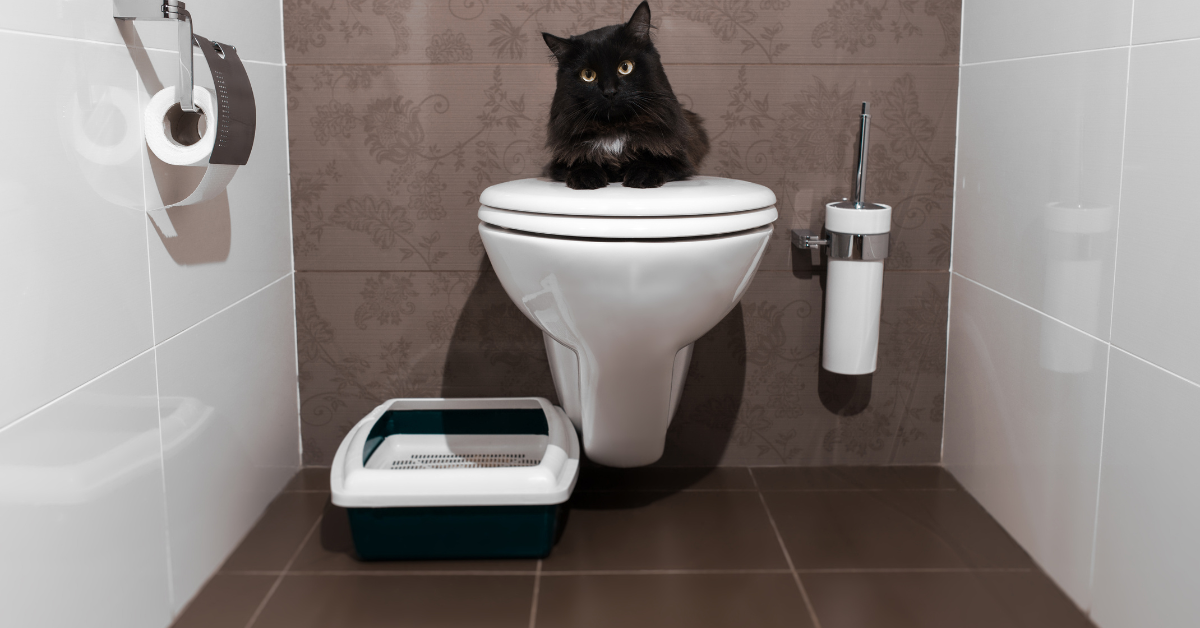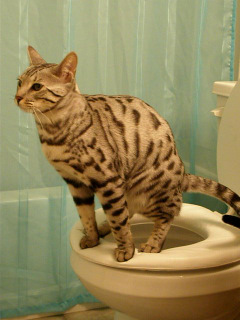Potential Issues of Flushing Cat Poop Down Your Toilet - Safeguard Your Plumbing
Potential Issues of Flushing Cat Poop Down Your Toilet - Safeguard Your Plumbing
Blog Article
The author is making a number of good observations on the subject of How to Dispose of Cat Poop and Litter Without Plastic Bags in general in this great article on the next paragraphs.

Intro
As cat owners, it's vital to be mindful of how we throw away our feline friends' waste. While it may seem convenient to flush cat poop down the toilet, this practice can have harmful repercussions for both the atmosphere and human wellness.
Ecological Impact
Flushing cat poop introduces hazardous pathogens and parasites into the water supply, posturing a considerable threat to marine environments. These contaminants can adversely influence marine life and compromise water high quality.
Health and wellness Risks
Along with environmental problems, purging feline waste can additionally position health and wellness risks to people. Feline feces may include Toxoplasma gondii, a bloodsucker that can cause toxoplasmosis-- a possibly serious ailment, particularly for expecting women and individuals with weakened body immune systems.
Alternatives to Flushing
Thankfully, there are safer and much more responsible means to dispose of cat poop. Think about the complying with options:
1. Scoop and Dispose in Trash
The most typical technique of getting rid of feline poop is to scoop it right into an eco-friendly bag and toss it in the garbage. Make sure to utilize a dedicated litter inside story and get rid of the waste without delay.
2. Usage Biodegradable Litter
Select naturally degradable cat clutter made from materials such as corn or wheat. These trashes are eco-friendly and can be safely dealt with in the garbage.
3. Bury in the Yard
If you have a backyard, think about burying feline waste in a designated location far from vegetable yards and water resources. Be sure to dig deep sufficient to stop contamination of groundwater.
4. Mount a Pet Waste Disposal System
Buy a pet garbage disposal system particularly made for cat waste. These systems utilize enzymes to break down the waste, lowering odor and environmental impact.
Final thought
Liable animal ownership extends past providing food and shelter-- it likewise includes correct waste monitoring. By refraining from flushing cat poop down the toilet and selecting different disposal methods, we can lessen our ecological impact and secure human health.
Why Can’t I Flush Cat Poop?
It Spreads a Parasite
Cats are frequently infected with a parasite called toxoplasma gondii. The parasite causes an infection called toxoplasmosis. It is usually harmless to cats. The parasite only uses cat poop as a host for its eggs. Otherwise, the cat’s immune system usually keeps the infection at low enough levels to maintain its own health. But it does not stop the develop of eggs. These eggs are tiny and surprisingly tough. They may survive for a year before they begin to grow. But that’s the problem.
Our wastewater system is not designed to deal with toxoplasmosis eggs. Instead, most eggs will flush from your toilet into sewers and wastewater management plants. After the sewage is treated for many other harmful things in it, it is typically released into local rivers, lakes, or oceans. Here, the toxoplasmosis eggs can find new hosts, including starfish, crabs, otters, and many other wildlife. For many, this is a significant risk to their health. Toxoplasmosis can also end up infecting water sources that are important for agriculture, which means our deer, pigs, and sheep can get infected too.
Is There Risk to Humans?
There can be a risk to human life from flushing cat poop down the toilet. If you do so, the parasites from your cat’s poop can end up in shellfish, game animals, or livestock. If this meat is then served raw or undercooked, the people who eat it can get sick.
In fact, according to the CDC, 40 million people in the United States are infected with toxoplasma gondii. They get it from exposure to infected seafood, or from some kind of cat poop contamination, like drinking from a stream that is contaminated or touching anything that has come into contact with cat poop. That includes just cleaning a cat litter box.
Most people who get infected with these parasites will not develop any symptoms. However, for pregnant women or for those with compromised immune systems, the parasite can cause severe health problems.
How to Handle Cat Poop
The best way to handle cat poop is actually to clean the box more often. The eggs that the parasite sheds will not become active until one to five days after the cat poops. That means that if you clean daily, you’re much less likely to come into direct contact with infectious eggs.
That said, always dispose of cat poop in the garbage and not down the toilet. Wash your hands before and after you clean the litter box, and bring the bag of poop right outside to your garbage bins.
https://trenchlesssolutionsusa.com/why-cant-i-flush-cat-poop/

I am very fascinated by How to Dispose of Cat Poop and Litter Without Plastic Bags and I'm hoping you liked my blog posting. If you please take the time to promote this blog entry if you liked it. Thanks a lot for your time spent reading it.
Show Details Report this page